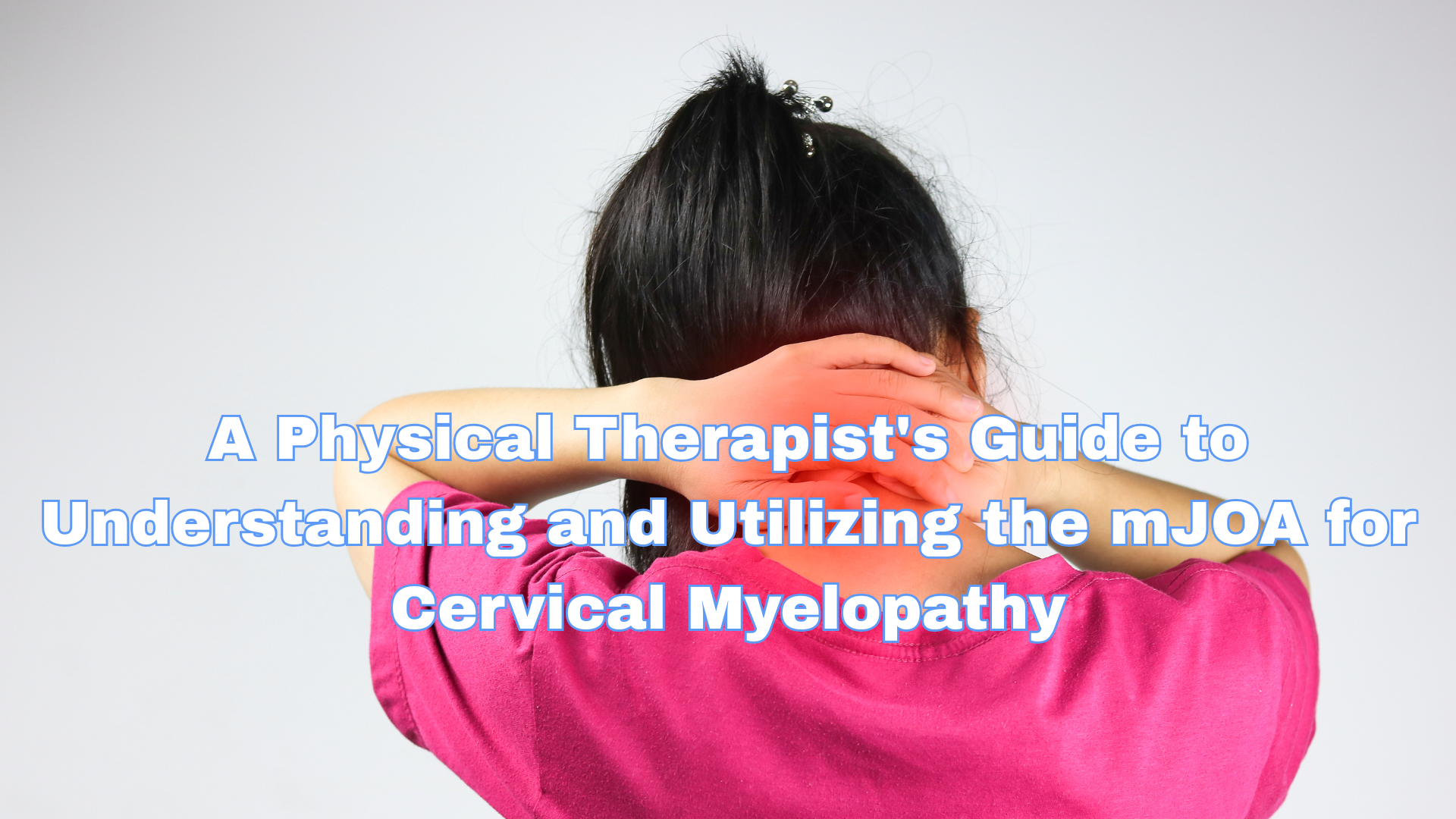The content of this infographic is primarily based on the comprehensive research report titled:
"The Modified Japanese Orthopedic Assessment (mJOA) Scale: Considerations for Physical Therapy Practice"
(Provided as source material for the generation of this infographic).
Specific scoring criteria for the mJOA domains detailed in the "Administering the mJOA: Key Steps & Scoring" section are adapted from Table 1 of the aforementioned report, which synthesizes information from sources including:
- Benzel EC, Lancon J, Kesterson L, Hadden T. Cervical laminectomy and dentate ligament section for cervical spondylotic myelopathy. *J Spinal Disord*. 1991;4(3):286-295.
- Chiles III BW, Leonard MA, Kalfas IH, Wilke WS. Local surgeons’ experience with the Japanese Orthopaedic Association score for cervical myelopathy. *Neurosurgery*. 1999;44(1):217-218.
- Other foundational literature on the mJOA scale.
Note: While this infographic aims for accuracy based on the provided report, users should always consult primary research and clinical guidelines for comprehensive information and decision-making.


